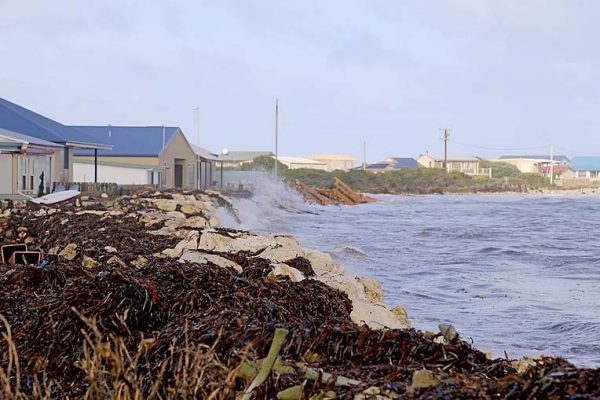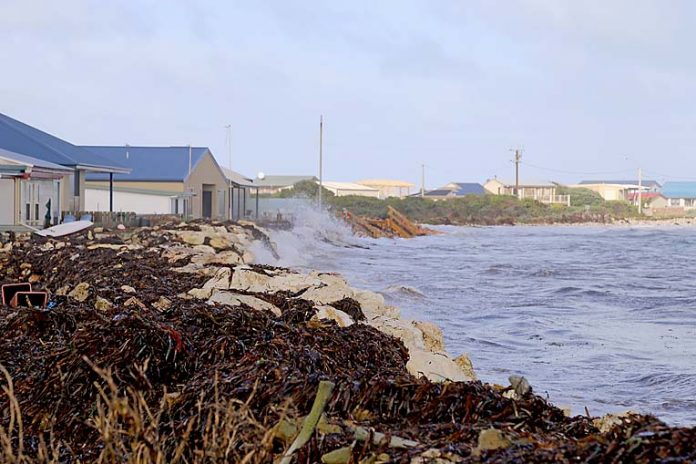
GRANT District Council will push for a university facilitated study to explore a range of options to protect properties from storm surges along the coastline.
This comes as dozens of homes are in danger of being damaged by heavy waves and erosion.
During storm surges, it is understood some homes along the coast have been pelted with rocks and lashed by waves.
The idea of artificial reefs has been mooted as one possible solution to reduce the strength of waves.
According to a study commissioned by the council a number of years ago, a number of houses are in danger of collapse during significant storm events.
At council’s recent full meeting, elected members agreed to approach the Limestone Coast Local Government Association (LCLGA) to help identity grant funding for a study.
This follows Grant District Mayor Richard Sage flagging Flinders University students could be engaged to undertake a desktop study of coastal-related issues.
Pelican Point and Cape Douglas are among the seaside communities facing ongoing damage from storm surges and erosion.
Mr Sage said local government had already undertaken coastal analysis from the Victorian border to the River Murray mouth through aerial measurements.
“I know of properties where waves have been hitting the windows of houses … people have also put boards on windows because of rocks as big as my hand hitting windows,” the mayor said.
“There have also been dead fish underneath shacks.”
Mr Sage said there was now an opportunity to engage Flinders University students to undertake a desktop study into possible solutions.
“By getting the university students involved, it is an opportunity to find out what needs to happen in areas such as Pelican Point and Cape Douglas and whether a false reef is needed to break up the wave action and reduce height of the water,” he said.
“We also need to look at what has changed over the years.
“There are 15 properties along a section of Pelican Point that are at risk and council’s independent development assessment panel has allowed for two or three new properties to be built,” Mr Sage said.
He said the panel was separate to the council and made its own assessment.
The LCLGA – together with a string of government agencies – has been working together to develop a regional “climate change adaptation plan”.
The plan has identified a number of key areas, including coastal landscapes, vulnerable members of the community, water security, irrigation, road infrastructure, tourism and wetlands, fisheries and open spaces.
A three year action plan will be developed to guide activities towards the areas of focus.
A Limestone Coast Climate Adaptation Committee has been formed to spearhead the work.








